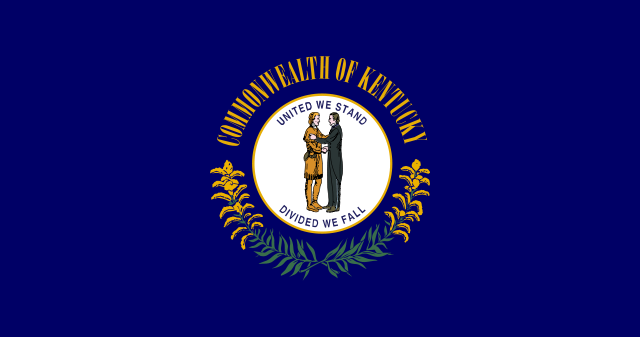A New York Times report over the weekend posed the question: is private equity becoming less private?
One private equity firm, Freeman Spogli & Company, recently revealed that it allowed investors in one of its funds to hire an outside adviser to “monitor the fund’s practices”.
Investors in the fund include several of the country’s largest pension funds, including the New York State Common Retirement Fund.
From the New York Times:
Is private equity about to get a little less private?
Perhaps so, judging by the decision of a venerable private equity firm to allow investors in one of its funds to hire an independent adviser to monitor the fund’s practices. Beyond reviewing the books and financial records at the fund, the outside adviser would also be permitted to scrutinize the fund’s governance practices for conflicts of interest, the firm said.
This shift in practice, which has not been previously reported, was disclosed to investors in June by Freeman Spogli & Company, a $4 billion private equity firm created more than 30 years ago, in a letter laced with legal jargon that obscured the import of the decision.
The new policy applied to the firm’s newest fund: FS Equity Partners VII, which opened for investment this year and has closed with $1.3 billion in committed funds. Investors in that fund include pension funds and public investments, such as the Kansas Public Employees Retirement System, the New Mexico State Investment Council and the New York State Common Retirement Fund.
[…]
Allowing the appointment of a monitor is no small matter. Giving an outsider routine access to internal fund operations is practically unknown in the $3.5 trillion private equity industry, where powerful firms operate in near secrecy and hold so much sway that many investors say they feel fortunate to be allowed to put money into the funds. The independent adviser will report to the fund’s investors.
Karl Olson is a partner at Ram, Olson, Cereghino & Kopczynski who has sued the California Public Employees’ Retirement System, known as Calpers, to force it to disclose fees paid to hedge fund, venture capital and private equity managers. He said he had never seen a provision allowing an independent monitor at a private equity fund.
“It does seem like a step in the right direction because too often the limited partners are unduly passive,” he said, referring to investors. “They should feel they are in the driver’s seat and that they have an obligation to drive a hard bargain with the funds.”Phone calls seeking comment at both the New York and Los Angeles offices of Freeman Spogli were not returned.
The NY Times report speculates that the firm may have allowed the hiring of the independent adviser after the SEC began asking questions about “several of the firm’s practices”.









